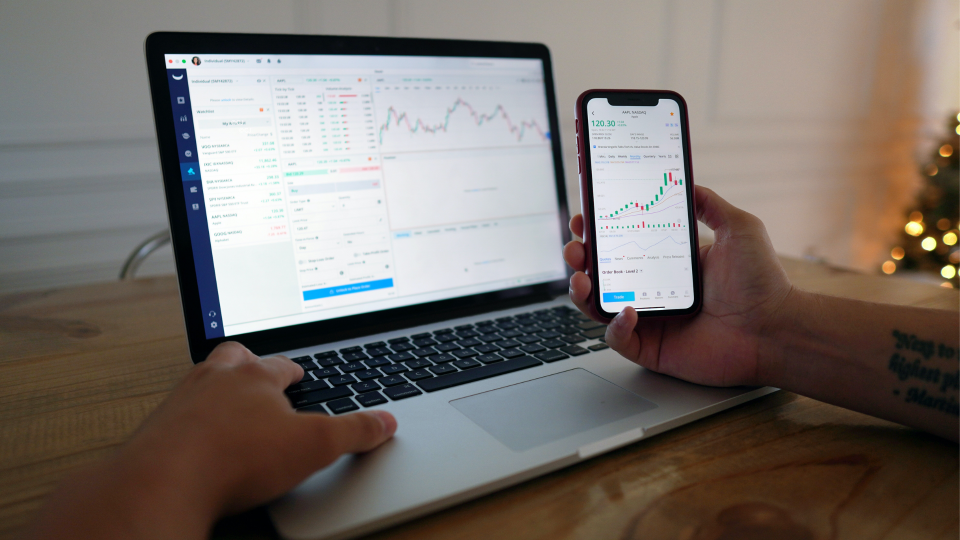For a brokerage house, the trader is the client, who pays commissions and fees for the services the broker provides. Suppose more and more retail traders are embracing the digital era by choosing the right online Forex broker. In that case, it is also the broker’s responsibility to offer basic educational content to its clients.
Brokers strive to attract new clients and retain old ones. The ones that keep trading likely found success in the Forex market, but the new ones are attracted to financial markets for various reasons and do not know basic terminology used in the industry like bullish and bearish, long and short, pips, monetary policy, dovish and hawkish, and so on.
Bullish and Bearish
A trader wants to speculate on a currency pairs’ movements. If the trader wants to buy a currency pair, it is said that the trader is bullish.
The term comes from the bull, which has its horns always pointed to the upside. Hence, a bullish position will end in profit if the market rises.
A trader may be bearish and sell a currency pair. As a bear, the trader would want the market to decline to make a profit.
In this case, the term comes from the bear as it walks with its head pointed to the ground (i.e., downside).
Therefore, traders may have bullish or bearish opinions about markets.
Long and Short
A bull (i.e., a trader bullish on a currency pair) is said to go long when buying a currency pair. If the exchange rate increases, the bull will make a profit.
On the contrary, a bear (i.e., a trader bearish on a currency pair) is said to go short when selling a currency pair. If the exchange rate declines, the bear will make a profit from the short positions.
Therefore, bulls express their bullish opinion by going long, while bears express their bearish opinion by going short.
Pips
A pip is the fourth decimal in an exchange rate with four or five decimals. If the EUR/USD moves from 1.1201 to 1.1210, it is said that it moved 9 pips.
Pips are the units of reference when calculating profits, and the easiest way to remember the value of a pip is to know that on a 0.1 lot volume, one pip on the EUR/USD pair is worth $1. Naturally, the value of a pip increases or declines with changes in the volume traded.
Monetary Policy
Central banks set the monetary policy. They change the interest rates or leave them unchanged and regularly issue a monetary policy statement.
An interest rate hike is a hawkish statement, while an interest rate cut is a dovish one. A hawkish statement is bullish for the currency, while a dovish statement is bearish.
Dovish and Hawkish
Central bankers are the only ones to be doves or hawks. Because the hawk flies higher than the dove, a hawkish statement from a central bank is positive for the currency, while a dovish one is negative.
The proportion of hawks and doves in the committee deciding on the monetary policy is key for the final statement.

